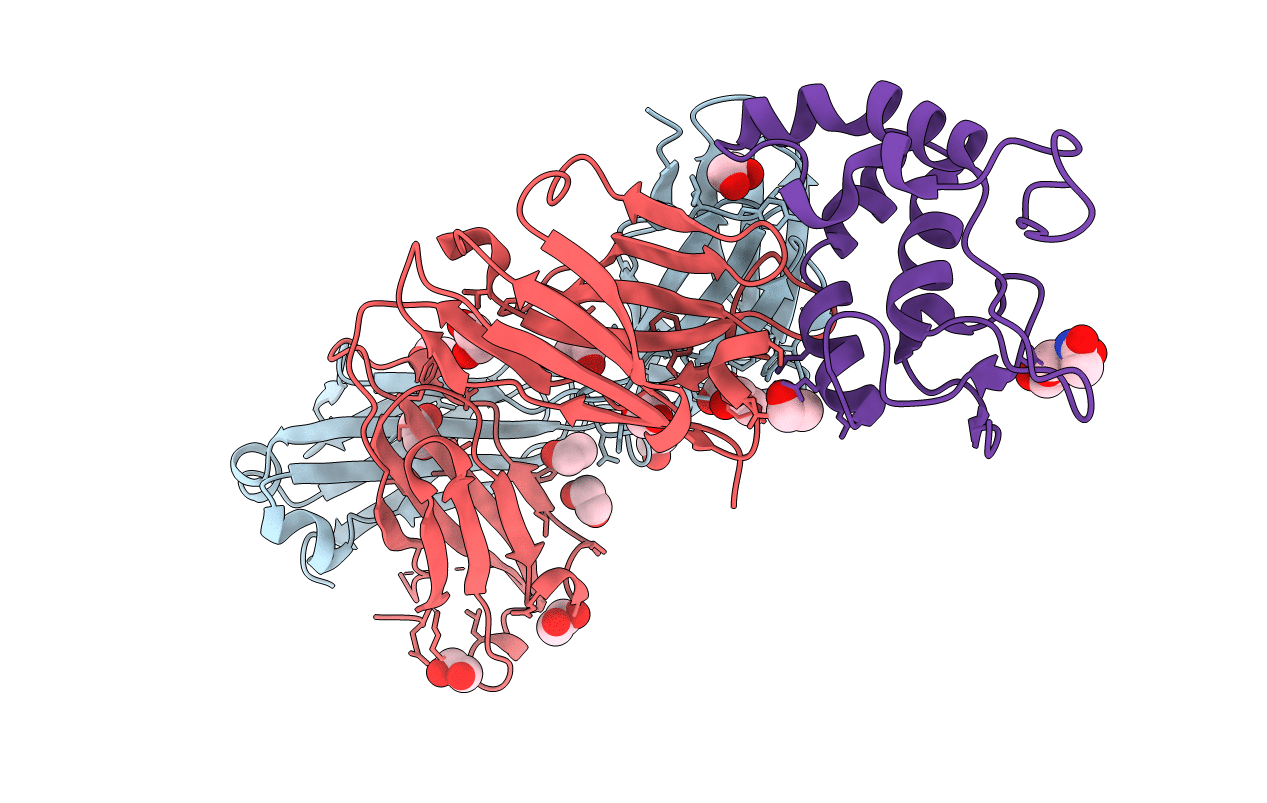
Deposition Date
2019-02-26
Release Date
2019-04-03
Last Version Date
2024-11-20
Entry Detail
PDB ID:
6O39
Keywords:
Title:
Crystal structure of Frizzled 5 CRD in complex with F2.I Fab
Biological Source:
Source Organism:
Homo sapiens (Taxon ID: 9606)
Host Organism:
Method Details:
Experimental Method:
Resolution:
1.80 Å
R-Value Free:
0.23
R-Value Work:
0.19
R-Value Observed:
0.19
Space Group:
P 61 2 2


